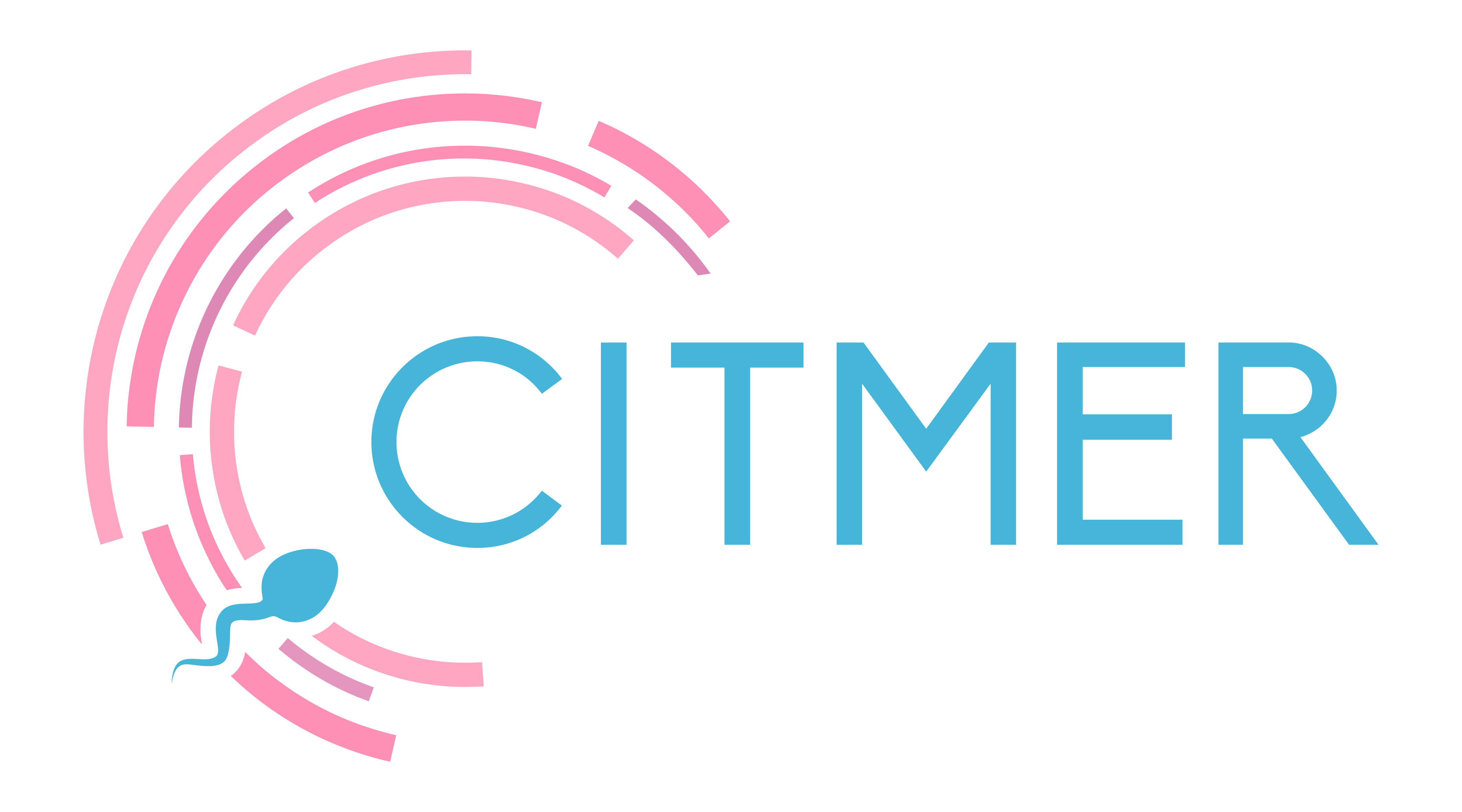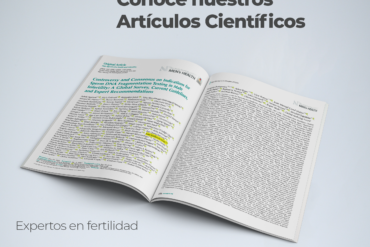Why is it so bad?
Although it is well known that smoking has negative impacts on people's general health, such as cardiovascular, respiratory and oncological problems; smoking remains one of the most consumed psychoactive substances.
The World Health Organization stipulates that about 1 billion people worldwide are smokers, which represent approximately 30% of men and 7% of women.
However, what is the effect it has on fertility?
Many studies have been done addressing this question, and although some show inconclusive results, most converge on the same point: smoking is bad, but why and what causes it?
It is thought, on the one hand, that the negative effect of smoking is due to the fact that it increases the presence of reactive oxygen species, which have devastating effects on cells, damaging their morphology, metabolism and, in the long run, their vitality.
On the other hand, of the 4,000 components registered in cigarette smoke, some such as cotinine, which is derived from nicotine, cadmium and polyaromatic hydrocarbons have been found in the follicular fluid or seminal plasma of active smokers. This information suggests a potential effect on the gametes, and, therefore, on the embryos or even on the offspring of these people.
Specifically, it has been concluded that, for women who smoke, the pregnancy rate decreases, spontaneous abortions increase and the ovarian reserve is altered.
For men, the quality of seminal fluid and sperm is compromised, clearly affecting cell viability, motility, and morphology.
This makes it crucial for both men and women to consider these issues and evaluate their habits if they wish to start a family in the future.
Contact our specialists for more information. Remember that at Citmer we can help you treat infertility problems.
REFERENCES Séàniak, S. Forges, T., &Monnier-Barbarino, P. (2006). Tabac et fertilité chez la femme et l`homme. Gynécologie Obstetrique & Fertilité, 34 (10), 945 – 949. doi: 10.1016/j.gybfe.20006.06.018. West, R. (2017). Tobacco smoking: Health impact, prevalence, correlates and interventions. Psychology & Health, 32, 8, 108-1036. doi: 10.1080/08870446.2017.1325890.



